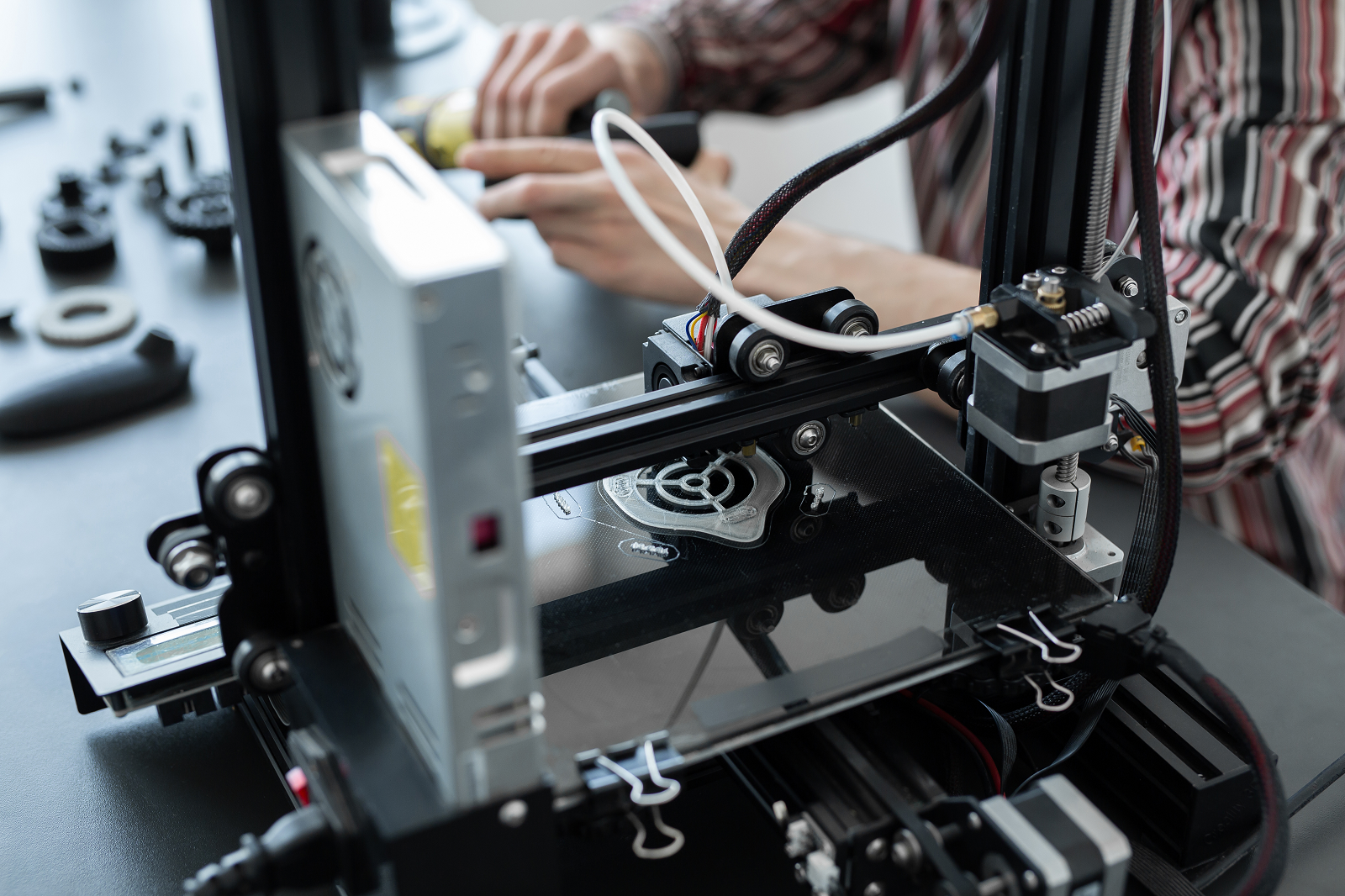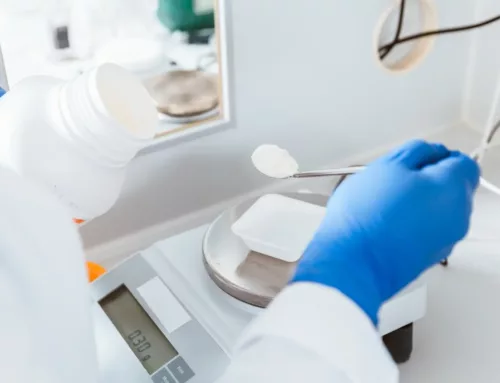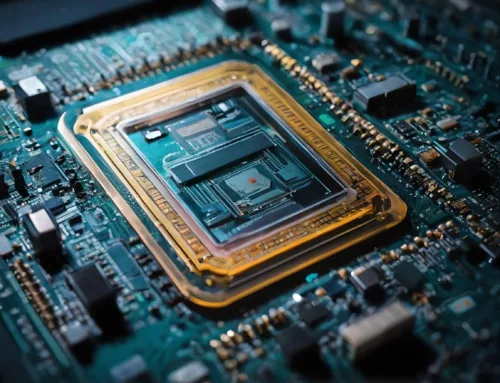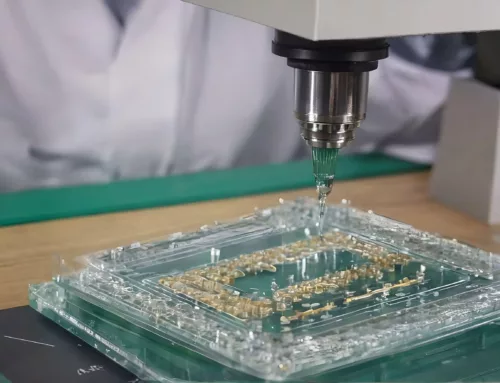Ceramic Nanoparticles This pushes forward the need for a deeper understanding, of the particle characteristics and their natural morphologies, to be able to design particles with special features that can move beyond their natural boundaries.
Additive manufacturing’s future Ceramic Nanoparticles and Powder technology In the 1960s a move was made from macron to micronized particles, which offered research and the manufacturing industries more room to play with particle science, helping advance technology to a convergence point, where in the 1980’s the invention of the scanning tunneling microscope opened up even more possibilities to a world of even smaller particles. All materials can be processed to exhibit nanoparticle characteristics, some more useful than others. Derived from kaolin a clay mineral, ceramics is one such utility-friendly material. It is used by numerous industries as a whole or in part, to manufacture ceramics in the use of chemicals, cosmetics, 3D printing, plastics, and pharmaceuticals, as well as being used as additives in paper processing, paints, and tires, reducing wear. Ceramics are generally manufactured by applying heat onto processed clays or powders to form a rigid product. Ceramic components built up from these nanopowder particles provide new manufacturing possibilities. Offering enhanced properties such as improved electrical conductivity, increased strength, and durability. Small ceramic particles are more chemically reactive than larger ceramic particles. This gives more flexibility in characteristic variations while maintaining the same chemical composition as their larger counterparts. Kaolin clay processing Kaolin is an abundant mineral and is surface mined using the open-cast method. The clay is blended and mixed with water or other dispersing agents. The resulting slurry is then processed further by the wet ball method or vibratory milling operations that reduces the particle size by physically separating the ceramic minerals from the (undesirable) byproduct or gangue material, which is not useful for ceramic manufacturing. Elements such as coal, zeolite, and mica can be present in the gangue material during mining which can be used in other industries. During the separation process bleaching can also be used to improve the product quality. continuing the process the clay will be degritted and fractionated using centrifugal sizers. The powder ceramic material is dried, and any needed additives and binding agents can be added, improving the powder’s flowability and ease of use during the component fabrication. Binding agents for example hold the shaped ceramic powder together after compaction. The conversion of the ceramic nanopowder to a desired shape will be done by shaping them either by casting, injection molding, 3D printing or compaction die, which requires a releasing agent. Once the powder is shaped it is called a green ceramic. The green ceramic then needs to be sintered to solidify and be able to retain its shape and be a fully functional product. Contamination In summary Nanotechnology can be utilized to improve product utility and overall sustainability. Specialized nanoparticles offer a number of favorable properties, such as high heat resistance and chemical inertness. Because the nano ceramic particles exhibit high continuous porosity, have a larger surface area which is also adaptable, and have superior thermal shock resistance, it offers a lot of possibilities. Presently, the biomedical field is the most explored in ceramic nanoparticle implementation as particle carriers for genes, proteins, and cancer drugs. Perhaps in time, every home will have a 3D printer that can print an entire phone in minutes or a doctor can send you your custom-made prescription drug through the 3D printer. The particle sciences have a lot of exciting innovations in store for future generations and it all starts with a particle.

This might very well be the age of semiconductors and nano-particles. Even though we cannot see them with the naked eye, nano-particles are everywhere. Other than the nano dust particles floating in the air we breathe, fabricated nanoparticles can be found in sunblock creams, handwashes, solar cells, eyewear glasses, fabrics, paints, coatings, additives, cosmetics with liposomal or micellar additives, bike frames consisting of carbon nanotubes, improved vehicle chassis stiffness, semiconductors, electronic devices, medication, etc. Needless to say, most industries and consumer products have elements that have some manufactured part consisting of nanoparticles. Nanoparticles can generally be made from any element on the known periodic table. This implies that, as technology advances towards tighter tolerances to facilitate newer inventions, more efficient manufacturing processes, and equipment need to be utilized to meet those advances.
Additive manufacturing, also known as 3D printing uses nanoparticles to layer nano-powdered material. A lot of ideas shown in movies such as the replicator in Star Trek are not that far-fetched, our 3D printing technology is just a basic version of that idea. Imagine losing your phone and just 3D printing a new one in your living room before you leave, which is an exact copy, with the same precise tolerances, as the original which naturally was 3D printed too. Another means may be molecularly assembled with lasers instead of micro-mirrors and liquid resin. Ideas three decades ago are a reality now. Where could nanoparticles and 3D printing lead us in the next three decades? 3D printing is an innovative technology that if expanded on, can drastically change how manufacturing and global economics in the future could work. Solving particle characteristic challenges and limitations that presently hold back this emerging leap in technological advancements. For now, we just have nanoparticle advances that are becoming the cornerstone of every manufacturing industry.
Throughout our known history, humans have always tried to develop new materials and open up and reduce things in size to better understand and manage their inner workings. Humans have this innate drive to want to know how things work. Once this information is gathered, that knowledge is implemented into practical applications.
Due to their porosity, a larger surface area can be obtained which can be morphologically tailored to perform a certain way, giving nanoparticles a bigger advantage. For example, nanocarriers or vehicles in pharmaceutical drugs can be designed to carry a drug that can target specific cells and have the ability to bind with the cell receptors specifically.
This is where powder technology plays a key role in most industries, more so where specific product specifications require meticulously designed particles. Powder technology is therefore a crucial facet of nano ceramic manufacturing. Ceramic nanoparticles are made up of metal carbonates, carbides, calcium, titanium silicon, phosphates, and metal oxides. To isolate the ceramic particles it needs to be processed. The processing of ceramic powders starts with the hydrated aluminosilicate clay kaolinite mineral or simply referred to as kaolin or China clay. Processed kaolin has favorable properties, especially for uses in the pharmaceutical industries since its particle shape is flat, has a non-abrasive soft texture, and has a chemical inertness which is a beneficial characteristic that can be used in several industries, especially in pharmacology.
All manufacturing processes are prone to various degrees of contamination. For ceramic powders, it is no different. Powders are characterized by their size distribution, their composition, particle size, morphology, and flowability. Contaminations come in many forms, some are due to processing such as binder additives, releasing agents in dies, or due to foreign particles introduced during powder processing and during shaping such as dust. The amount of contaminants affect the final product’s density, consistency, morphology, and overall quality. Binder additives can cause clumping or introduce air bubbles in the finished product causing possible structural weaknesses.
Ceramic uses
Different from formative and substrative manufacturing, 3D printing uses engineered data from a designed 3D model to build highly complex shapes, usually built layer upon layer with exact design specifications. The specifications include the shapes allowable tolerances which is an important requirement for highly complex shapes. 3D printing allows the fabrication of extremely precise dimensions which are harder to achieve with the aforementioned methods and have a tendency to increase the risk of product rejection. Presently there are 5 methods of 3D printing ceramics. Extrusion, nano-particle jetting, binder jetting, photo-polymerization, and powder laser sintering. In most cases, ceramic powder paste, resin, or liquid suspensions are injected through nozzles building up layers of ceramic material unusually including binding agents and in some cases releasing agents. In all the above-mentioned methods sintering is still required.
An example of ceramic parts being used in the pharmaceutical industry is where metal machine parts are replaced to better handle the exposed high temperatures, pressures, and stresses. These metal parts are uneconomical and have shorter life spans than ceramic parts. Using ceramic parts will decrease machine downtime and replacement part costs. Another example is in drug delivery as a carrier or vehicle such as aluminum oxide and titanium dioxide ceramic-based particles. The nano ceramic particles have noninvasive physiochemical properties and can have adaptive morphologies that enable the particle to be engineered to perform specific tasks related to cancer therapy targeted drug delivery or other biological function with enzyme denaturing, etc.
Industries that are using ceramic powders such as aviation and aerospace industries, chemical industries, semiconductor/ chip manufacturing industries, mechanical engineering, welding technology, fabrics industries, oil and gas, foundries, pharmaceutical, additive manufacturing / 3D printing, battery manufacturing, optical lasers to name a few.




